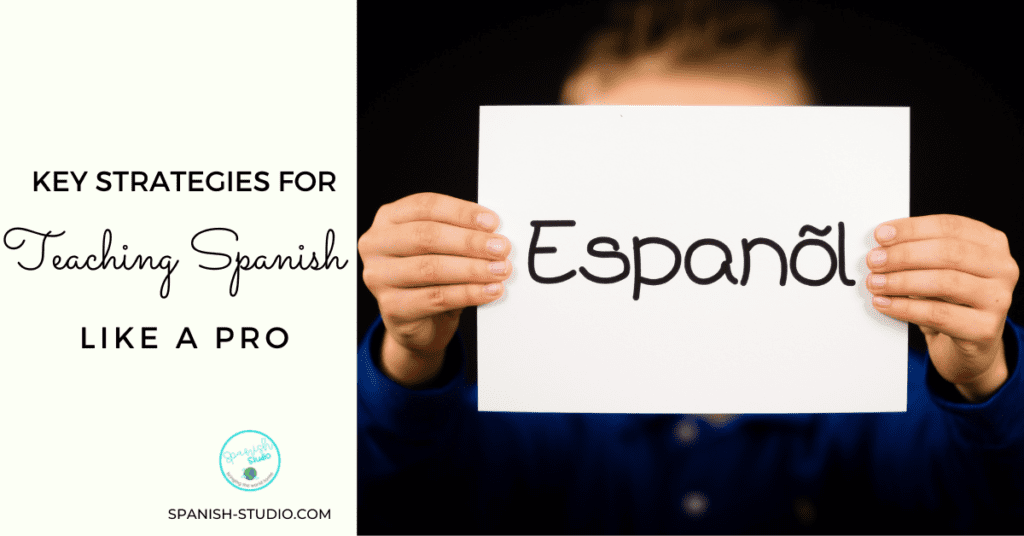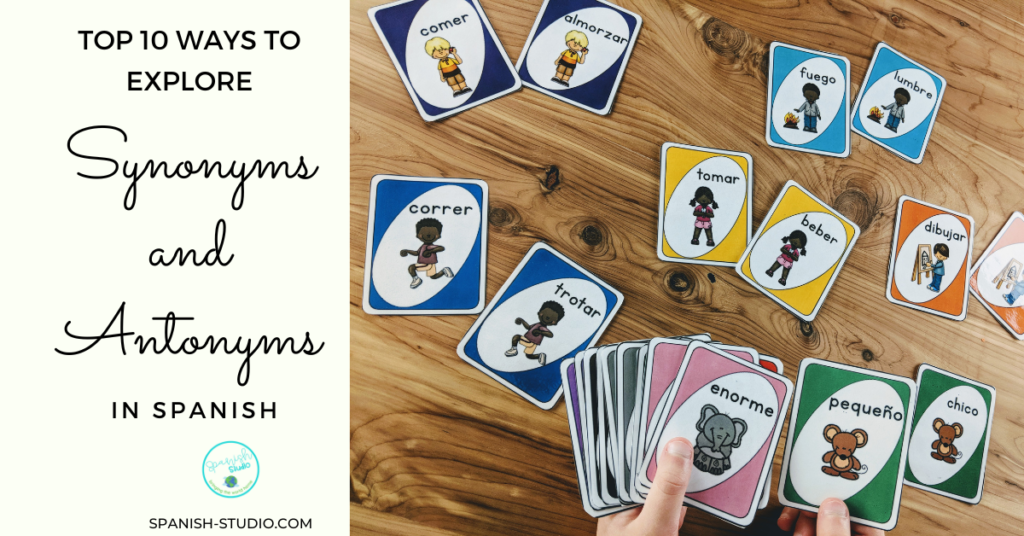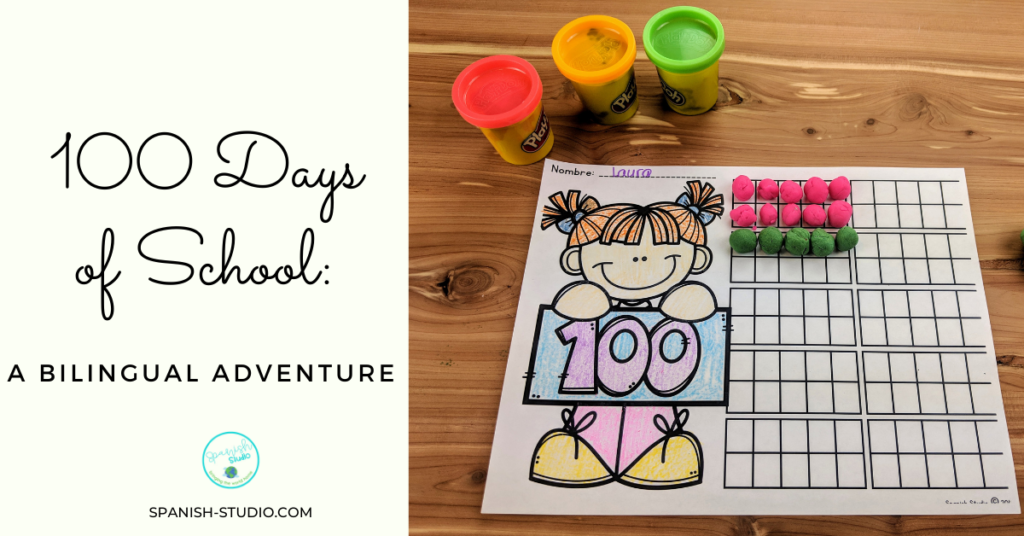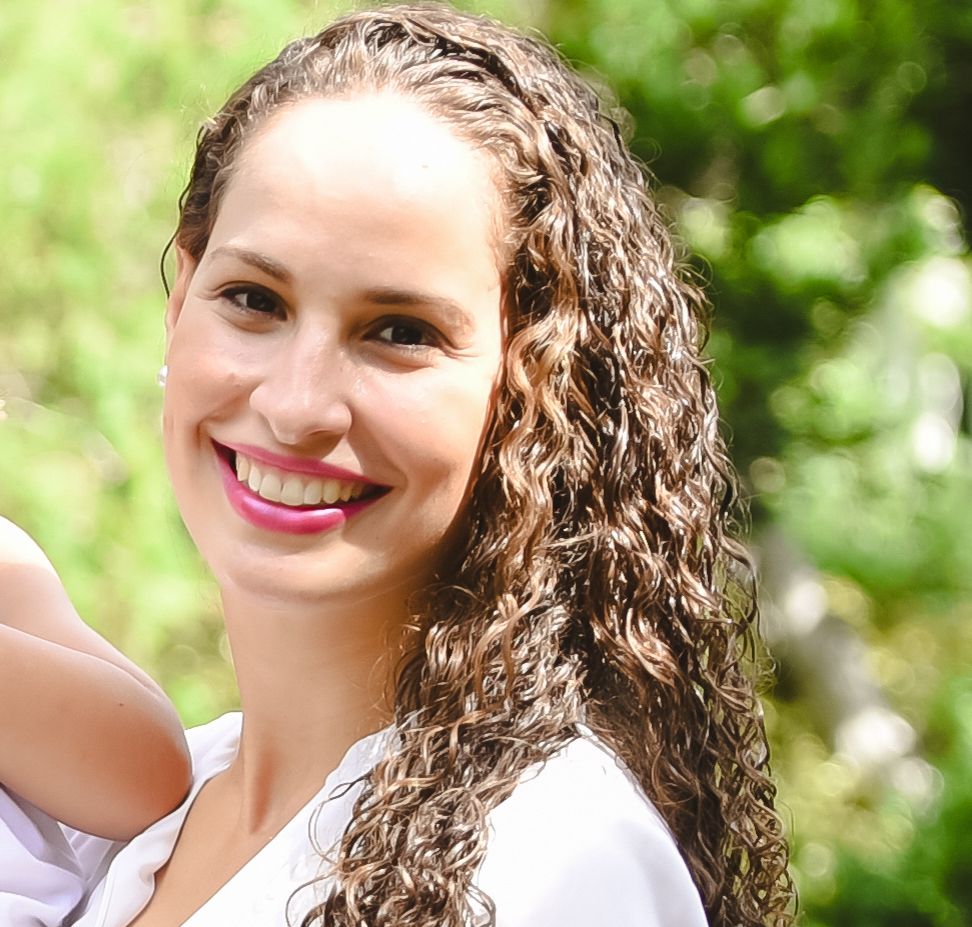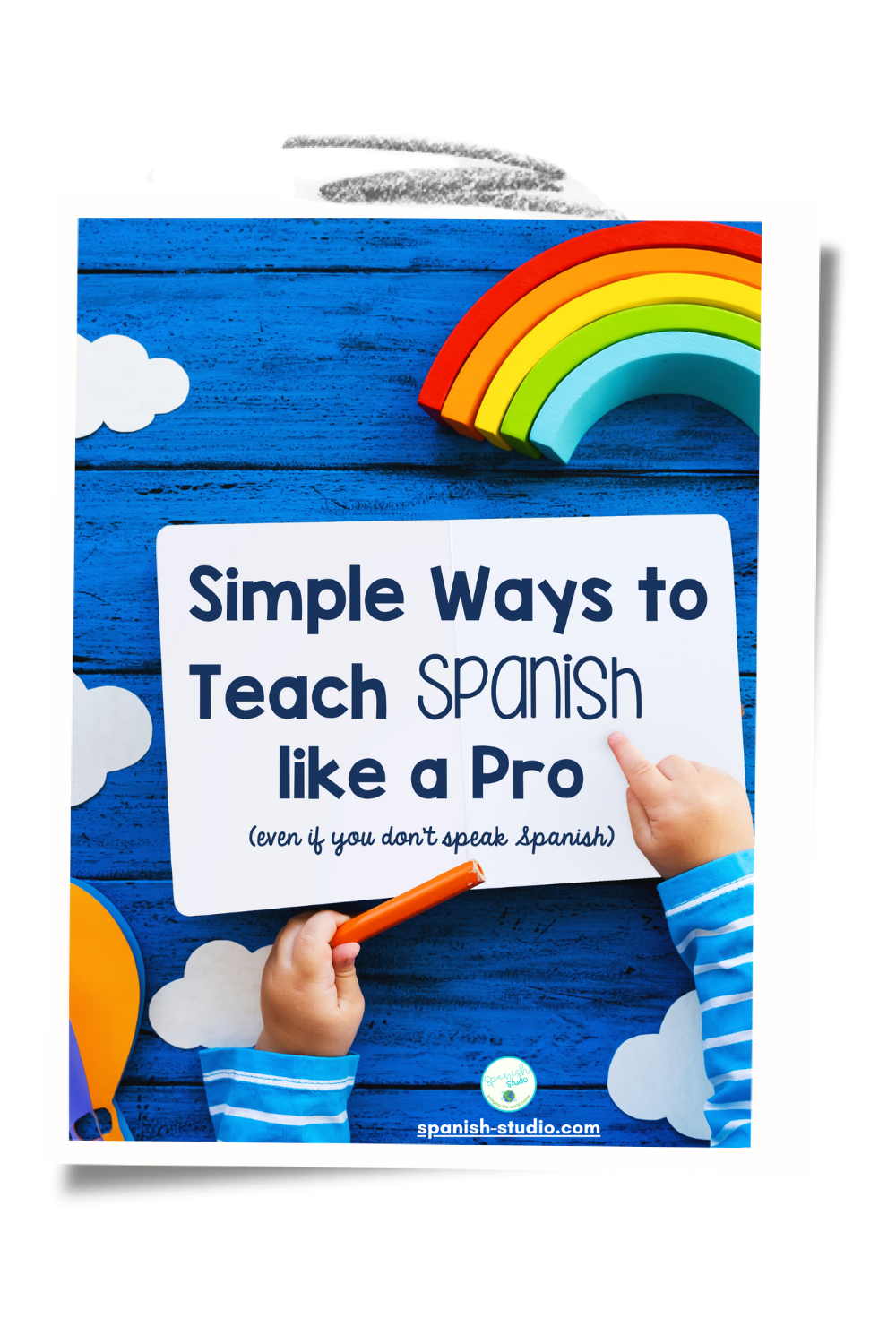The benefits of teaching Spanish at an early age are endless. Spanish has become a very influential language. Finding unique job opportunities, having a more global understanding of the world we live in, enjoying the culture of multiple countries, are some of the great advantages of speaking Spanish.
Contrary to what people believe, learning Spanish does not confuse children. There is evidence that being bilingual actually strengthens cognitive and linguistic skills, improves memory and social development.
We as parents and teachers want to provide our children with the best opportunities in life. We want them to have the appropriate tools they will need in the future.
If you have young children, you should know that teaching them Spanish is a valuable asset that they will use and appreciate for the rest of their lives.
Using appropriate strategies will make a huge impact when teaching a second language. That’s why it’s so important to find and use the correct ones. After several years of raising bilingual children, here are the top strategies that worked for me and my family:
Using Total Physical Response (TPR) when teaching Spanish
 Total Physical Response (TPR) is the connection between concepts, words, phrases and sentences with physical movement to help the brain build up language acquisition. This is a very important strategy when teaching Spanish, especially with little children.
Total Physical Response (TPR) is the connection between concepts, words, phrases and sentences with physical movement to help the brain build up language acquisition. This is a very important strategy when teaching Spanish, especially with little children.
It’s used by both the teacher and the students. With TPR, students are constantly connecting actions to language. Therefore, it’s easier for them to retain and archive those concepts, ideas and skills, in their long-term memory.
Check out this post to learn how to use TPR to teach Spanish.
Modeling
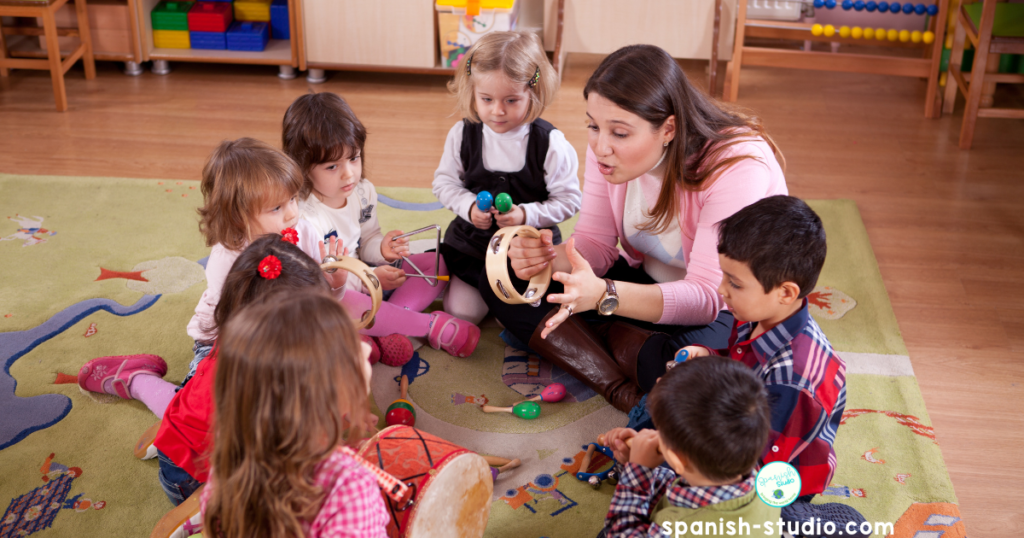 Modeling is an instructional strategy that focuses on learning by observing. It is referred to as “I do, we do, you do”. When modeling, teachers demonstrate or show an action or skill that the students need to learn, rather than just saying what to do. It’s very useful, because it engages students in their learning process.
Modeling is an instructional strategy that focuses on learning by observing. It is referred to as “I do, we do, you do”. When modeling, teachers demonstrate or show an action or skill that the students need to learn, rather than just saying what to do. It’s very useful, because it engages students in their learning process.
Teaching Spanish Vocabulary in context
 When you teach vocabulary, the main goal is for children to use it when communicating. Teaching isolated lists of words has been proven to be a waste of time and effort. You should always teach vocabulary words in context. In other words, you should teach children how it’s used in a sentence. The best way to teach vocabulary in context is by reading.
When you teach vocabulary, the main goal is for children to use it when communicating. Teaching isolated lists of words has been proven to be a waste of time and effort. You should always teach vocabulary words in context. In other words, you should teach children how it’s used in a sentence. The best way to teach vocabulary in context is by reading.
You should incorporate reading into your daily routine. Have both group novel study and independent reading time. Teach children to read and reread, to look at the words and phrases that come before and after an unfamiliar word. Use visual aids to assist the definition of a word, use context clues and discuss content.
Using technology in a smart way
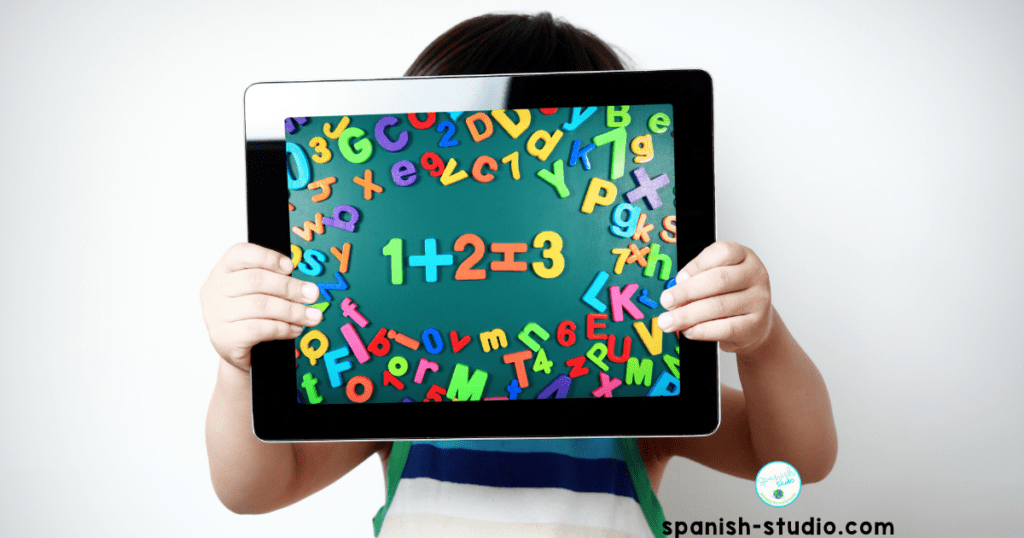 Technology is a valuable tool when using appropriately. I love incorporating technology when teaching Spanish. It engages children in their learning process, and provides multiple opportunities to learn and practice language. And let’s be honest, children love everything that comes out of a smart phone, computer or tablet.
Technology is a valuable tool when using appropriately. I love incorporating technology when teaching Spanish. It engages children in their learning process, and provides multiple opportunities to learn and practice language. And let’s be honest, children love everything that comes out of a smart phone, computer or tablet.
I try to use technology often. Basically, to reinforce a concept, to assess or to have students practice what they already know. I guide the activities and supervise the use of devices.
Some activities that you can incorporate in the classroom when teaching Spanish are apps, online games, videos, movies, and podcasts.
Engaging students
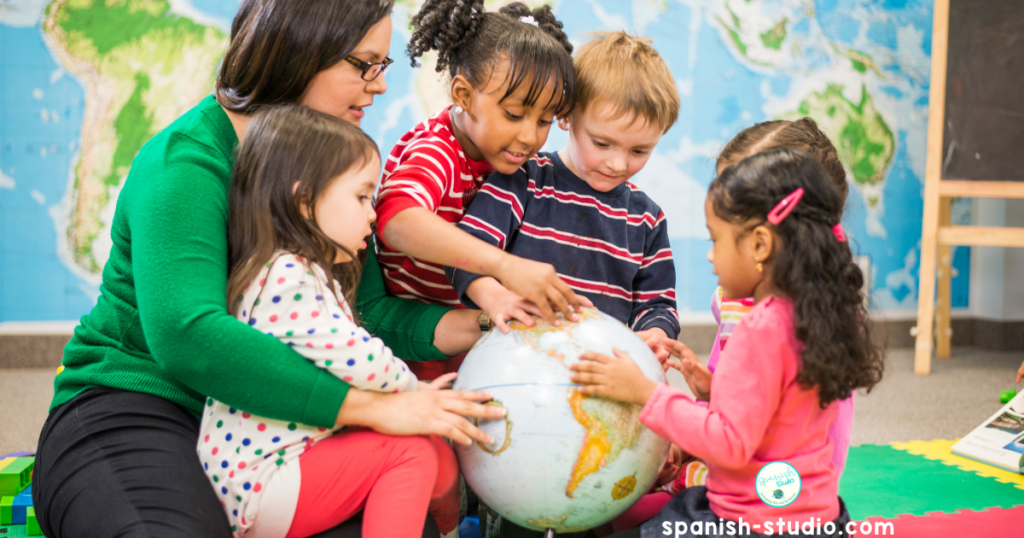 This strategy is as important as the rest. Keeping your students’ attentiion in class will have a positive impact on their learning process. If they are not engaged, they will likely forget everything you teach them.
This strategy is as important as the rest. Keeping your students’ attentiion in class will have a positive impact on their learning process. If they are not engaged, they will likely forget everything you teach them.
Depending on the student’s age, there are tons of ideas and activities you can use to keep them engaged:
- Get to know your students, find out what they like, and plan activities that speak to their interests.
- Connect learning to the real world, so they can relate to what you are saying or teaching.
- Use TPR and get your students moving. That will spark their attention.
- Provide multiple opportunities for collaborative group work.
- Integrate students in the learning process. Ask them what they would like to learn, and accommodate your lessons to their interests.
Most importantly, enjoy the process, be patient and have fun. Your children will appreciate it!
Interested in more?
Download my FREE Guide: “How to Teach Spanish Like a Pro (even if you don’t speak Spanish)”

